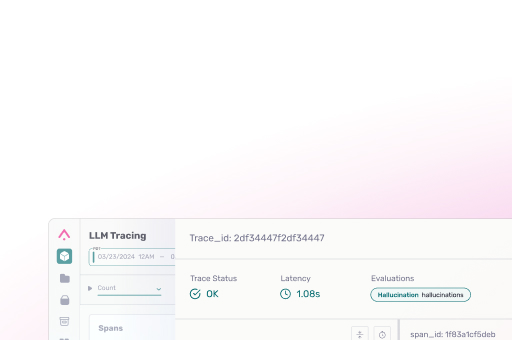Introduction
If you spend your days hopping between Cursor’s VS-Code-style panels and Anthropic’s Claude Code CLI, you likely already intuitively know a key fact: while both promise AI-assisted development, they spring from opposite design philosophies. Cursor sprinkles AI into your editor; Claude Code lets AI drive your editor — and everything else on your machine.
What Is Claude Code?
Claude Code is, at heart, a lightweight coding agent: a thin harness around an LLM that lives entirely in the terminal. Each run sends your prompt to the model, executes whatever shell command the model proposes, feeds the output back, and loops until a final answer is ready. No heavyweight IDE, no pre-computed embeddings — just a conversation with your codebase through the CLI.
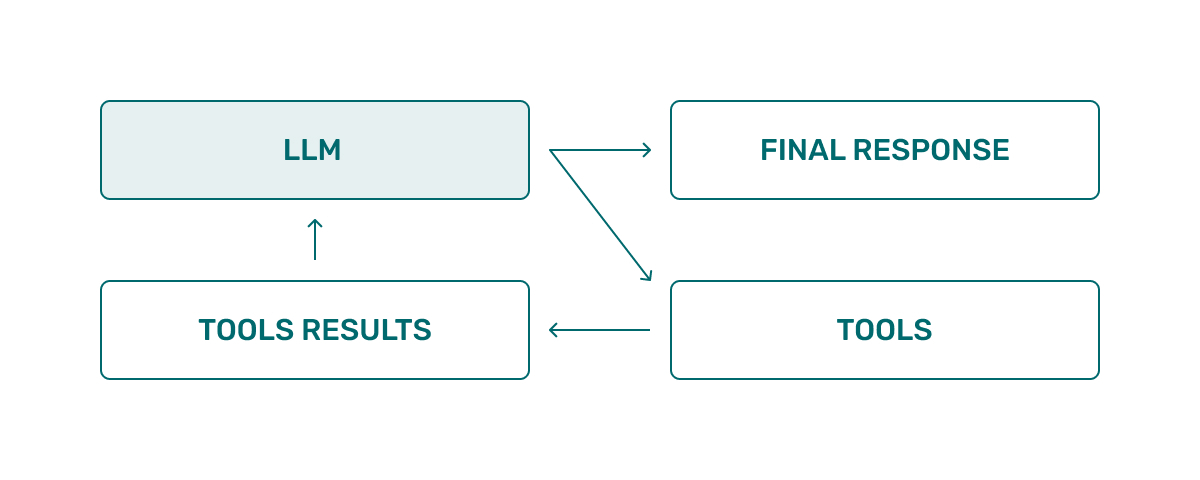
Cursor vs Claude Code
Cursor excels at inline, single-file edits inside a familiar GUI. Cursor leans on an embeddings index for context and lets you pick from multiple model providers. Claude Code, by contrast, happily edits multiple files at once, builds context on-the-fly, but stays locked to Anthropic models—perfect for developers who live in tmux panes and Git branches.
| Feature | Cursor | Claude Code |
| Editing scope | Interactive, mostly single-file | Multi-file, can touch anything it finds |
| Context strategy | Pre-built embeddings of the codebase | No embeddings; incremental reads per run |
| Interface | Full GUI/IDE (VS Code fork) | Pure CLI |
| Models | Multiple (OpenAI, Anthropic, etc.) | Anthropic-only |
| Mental model | “What if your code editor had AI?” | “What if AI could use your computer like a developer?” |
Why Some AI-Forward Power Users Prefer Claude Code
Being CLI-native means Claude Code can be scripted, automated, and parallelized in ways GUI-bound editors can’t match:
- Headless automation. Because every action is a shell command, you can kick off Claude jobs from cron, CI, or a higher-level orchestrator without opening an editor window.
- Full-repository refactors. Multi-file scope lets the agent restructure modules, update imports, or migrate tests across the codebase in a single run.
- Tool freedom. Need to grep logs, run Playwright, or spin up Docker? Just expose the command; Claude will call it.
- Composable workflows. Teams build helper scripts, curate a CLAUDE.md, and even chain agents together (see Claude Task Master) for continuous plan-review-execute loops.
If your day-to-day flow already lives in tmux panes and Git branches, Claude Code feels less like an add-on and more like a force multiplier.
How To Get the Most Out of Claude Code
Plan-First Workflow: Measure 15 Times, Cut Once
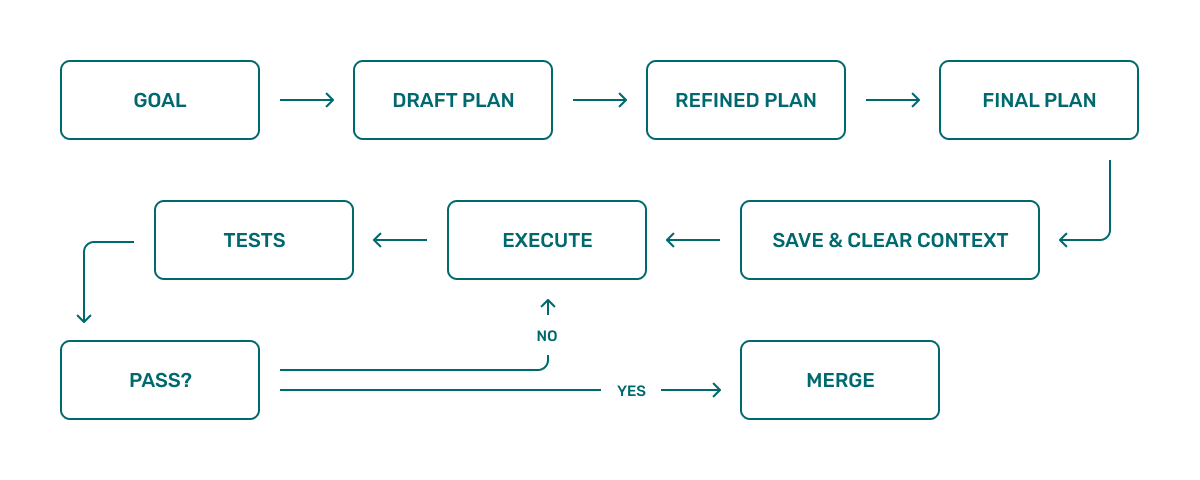
The key to getting value from Claude Code is to iterate on a text plan before it touches a single line of code.
1) Define a Clear Goal
Paste the bug snippet or feature outline so the agent knows where you’re headed.
2) Ask for a Detailed Plan
Request a numbered roadmap that lists files, line numbers, and intended changes.
3) Refine Until It Sings
Tweak the roadmap—“use onsubmit instead of onchange,” “touch only the validation layer,” and so on—until you could rubber-stamp the diff without hesitation.
4) Freeze the Plan; Clear Context
Save the final outline to disk, start a fresh session, and feed only the plan back in. This keeps hallucinations at bay.
5) Execute and Verify
Let Claude run the edits and tests. With Git commits after each green test, rollback is always one command away.
Speeding Things Up
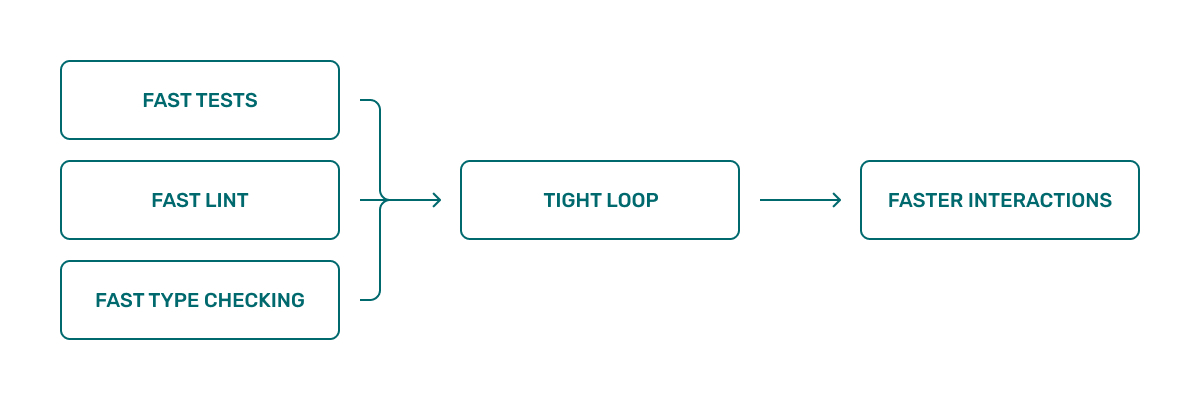
A few tips:
- Pre-approve harmless commands (ls, rg, test runners) so the agent doesn’t pause for permission.
- Make feedback loops blazingly fast. Unit tests should finish in seconds; linters and type checkers even faster.
- Curate a
CLAUDE.mdwith project structure, helper script paths, and log locations. - Lead with tests (TDD) so success is crystal-clear.
Seeing the Matrix
Here are a few level-up tricks once the basics feel slow:
- Run multiple branches in parallel with Git worktrees.
- Automate plan-review-execute cycles with Claude Task Master.
- Let Claude drive end-to-end tests through Playwright MCP (token-hungry but magical).
- Use Whisper-based voice control for eyes-on-code, hands-off-keyboard sessions.
- Start tracing Claude Code (see below)
Tracing Claude Code
As Claude Code takes on larger chunks of your workflow, its hidden tool-calls, prompt sizes, and token costs can become something that you must monitor. In practice, it’s easy to slip into prompt-obesity or let failures pass unnoticed.
To help, Arize Phoenix recently released an open source Claude Code observability and tracing tool. Called Dev-Agent-Lens, it’s an open proxy‑based layer for Claude Code that routes requests through LiteLLM, emits OpenTelemetry + OpenInference spans, and sends them to Arize AX or to Phoenix locally. The repo includes a wrapper script so the standard Claude Code CLI works unchanged.
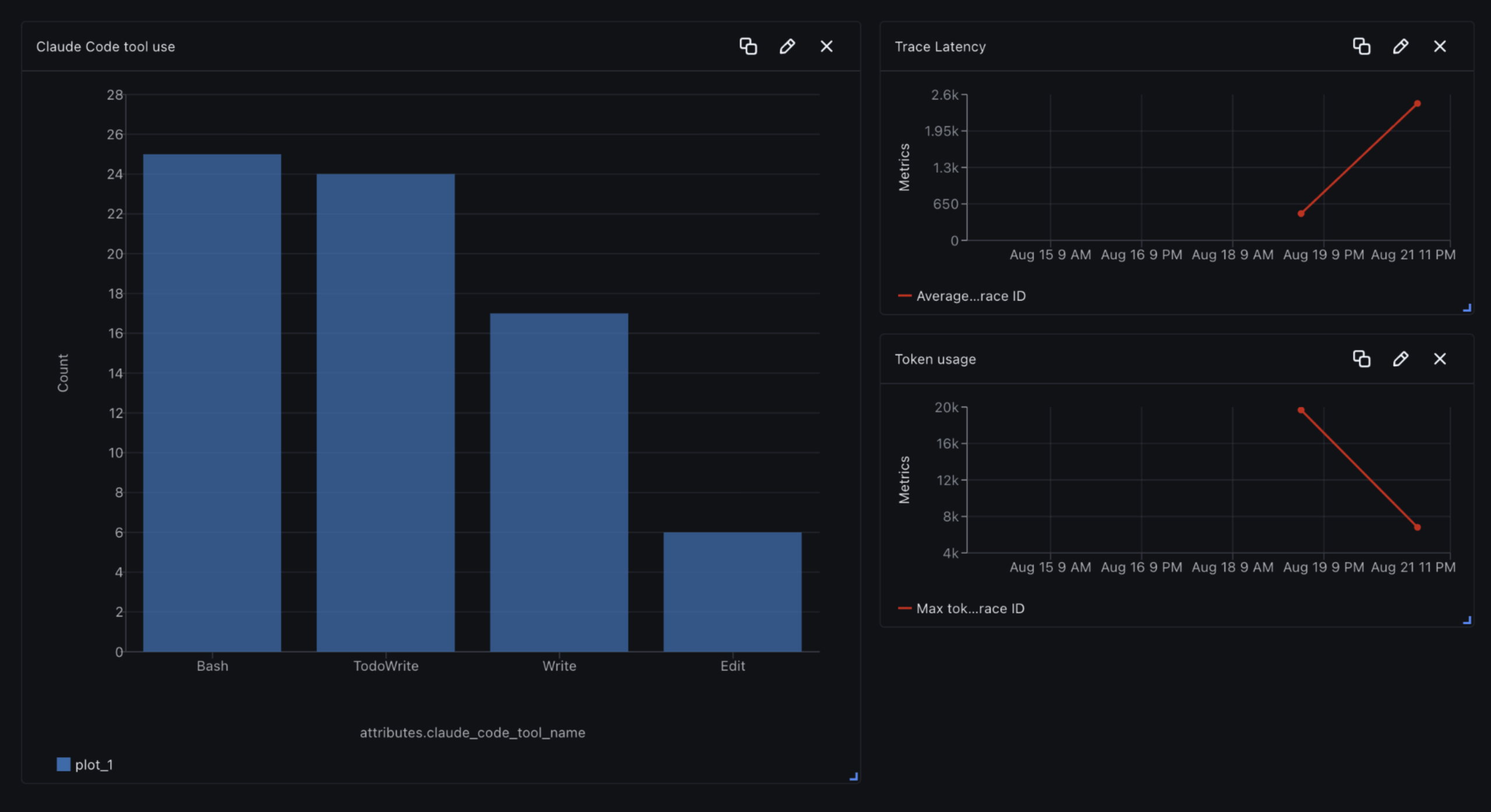
TL;DR Takeaways
Here are the main takeaways:
- Claude Code is an agent-style, CLI-first coding assistant that incrementally assembles its own context instead of relying on pre-built embeddings.
- Cursor is an AI-first code editor built on VS Code; it shines at inline, single-file edits with rich GUI integration and access to multiple model back-ends.
- Plan-before-code workflow: iterate on a text-plan until you’re happy, then let Claude execute it automatically—“measure fifteen times, cut once.”
- Speed hacks: allow read-only tool calls, keep your tests and linters blazingly fast, commit early and often, and maintain a curated CLAUDE.md.
- Advanced (“seeing the matrix”) moves include parallel Git worktrees, automated plan-review loops (e.g., Claude Task Master), Playwright MCP servers, and Whisper-based voice control.
